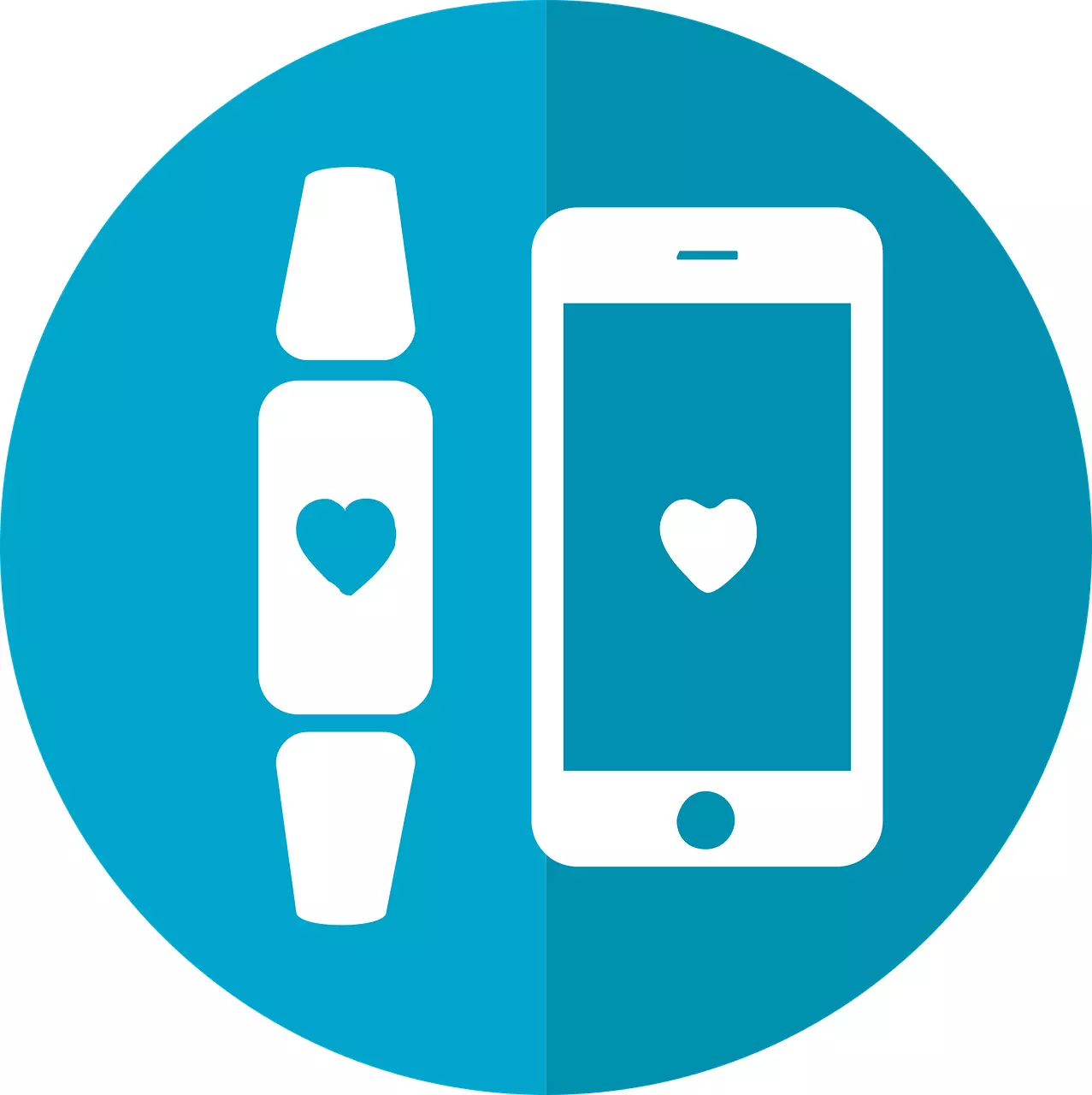Wearables for well-being
With the expansion of technology, health monitoring through wearables is gaining popularity but challenges including safety concerns and cost factor need to be addressed

Medical science has made great strides in helping us live longer and healthier lives. However, hospitals are expensive, and with the proportion of elderly people increasing globally, we need ways to help people stay healthy without relying solely on hospitals. Smart home technology is helping people to live in their homes for longer, but wearable devices are becoming increasingly important. These devices can be placed on and around the body to collect personalized data on movement, physiology, environment, and even mood or emotion. With the help of cloud services, wearable technology allows for interactive communication to provide real-time healthcare advice and help people to manage their health, potentially reducing hospital admissions. The challenge for the next generation of wearable healthcare devices is to offer a wide range of sensing, computing, communication, and human-computer interactions, all within a small device with limited resources and electrical power.
Wearable devices for healthcare can be grouped into three categories: synthetic skin, biofluid-based devices, and physiological devices. Synthetic skin or e-skin can perform non-invasive physiological and psychological monitoring and diagnosis by detecting touch, reflexes, and temperature in individuals with nerve damage. Although e-skin has a diverse range of applications including prosthetics and robotics, the devices pose challenges in terms of cost, maintenance, and limited availability. On the other hand, biofluid-based wearables can record biomarker data from body fluids such as sweat, urine, tears, and saliva for real-time monitoring of health and wound-healing related information. Cost-effective biofluid based devices have some limitations such as contamination, fluid leakage, and blockages. Thirdly, physiological wearable devices, which include computer systems, electronics, software, and sensors, can provide high-quality data privacy, reliable data and ease of use. These devices not only help in increasing productivity for medical staff but also empower patients to monitor their own health parameters, encouraging physical activity, ultimately allowing for potential health issues to be predicted earlier to be addressed in a more efficient and cost-effective manner using preventive measures. Machine learning and AI can be employed to track individuals' health data remotely and identify patterns in order to anticipate and prevent potential health issues before they arise.
Industries will increase research and development spending for wearable technology to meet the rising demand for more precise sensors and more reliable medical data. This will lead to the availability of more advanced wearable devices beyond activity trackers, enabling the continuous growth of the sector. Advancements in material fabrication have already allowed for the creation of smaller, flexible electronics that can be quickly charged, resulting in smaller wearable devices. Furthermore, integrating these devices with a faster Internet of Things could enable the use of wearable devices on various body parts to exchange health data, enhance personal comfort, and increase safety. As wearable technology becomes more popular, safety features will also become more prevalent. However, there are several factors that must be considered for this technology to be widely adopted and accepted.
One of the major challenges faced by the wearables sector is security, as these connected devices are highly vulnerable to cyberattacks. To address this issue, medical devices need to comply with FDA and other security standards to ensure protection against such attacks. To achieve this, businesses producing wearable technology for the healthcare sector need to hire internal IoT engineers or third-party consultants who can be trusted. Furthermore, the high cost of medical wearables is prohibitive for many, and people are required to purchase new and improved devices as older versions may not be compatible with the latest wearables. Another challenge is the limited battery life of wearable technology, which restricts its usage and hampers its potential benefits. Fortunately, there have been advancements made in this industry to improve the battery life of wearable devices over time.
Wearable devices have become a necessity for consumers and are commonly used in healthcare, fitness, and location-tracking applications. Advances in technology have led to wearable devices being used to manage chronic medical conditions such as Parkinson's disease, stroke, diabetes, and dementia. For reliable use at home, wearable devices must balance the need for longer battery life with increasing computational and communicative resources. Research is being conducted to enable wearable devices to last longer per charge, as their limited battery size affects user comfort and usability. Long-lasting devices will aid in long-term monitoring, leading to improved health decisions. Improved CPU architectures, wireless connectivity, and task scheduling can also aid in achieving longer battery life. In the future, wearable devices will not only monitor movement and heart rate, but also use sensors to capture users' biological states, including emotion and stress.
Due to a number of causes, including the growing adoption of digital technologies, an increased focus on fitness and health, and the expansion of the Internet of Things (IoT), the use of wearable sensors is increasing in India. According to reports, the market for wearable sensors in India is expected to develop at a strong compound annual growth rate (CAGR) of 18.7 per cent over the next few years. This is in line with the growing significance of smart wearable sensing systems in the country. In industries like healthcare, sports and fitness, as well as military and defence, wearable sensor technology is used.
The writer is Associate Professor, Dept of Computer Science, Techno International New Town. Views expressed are personal



